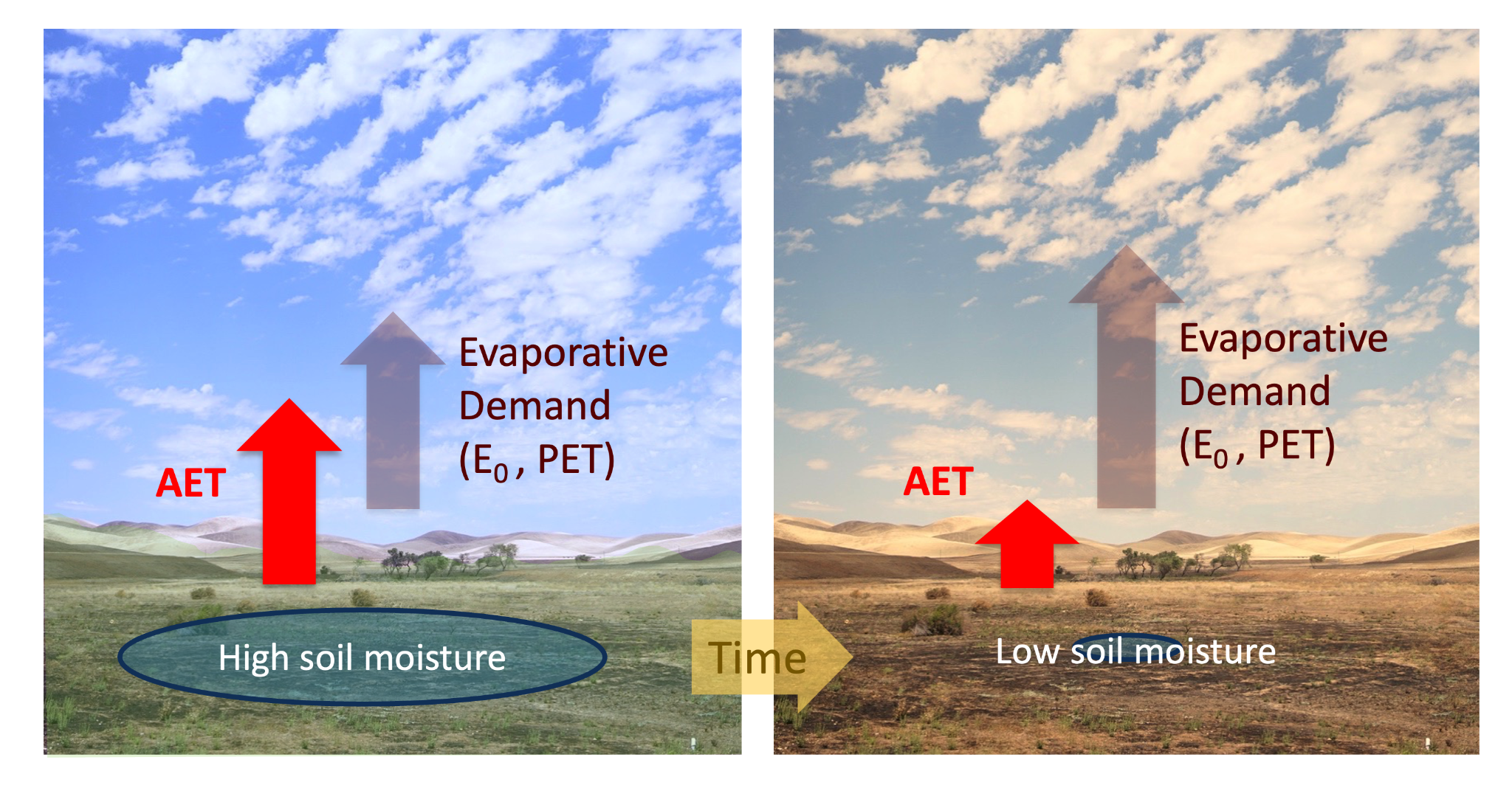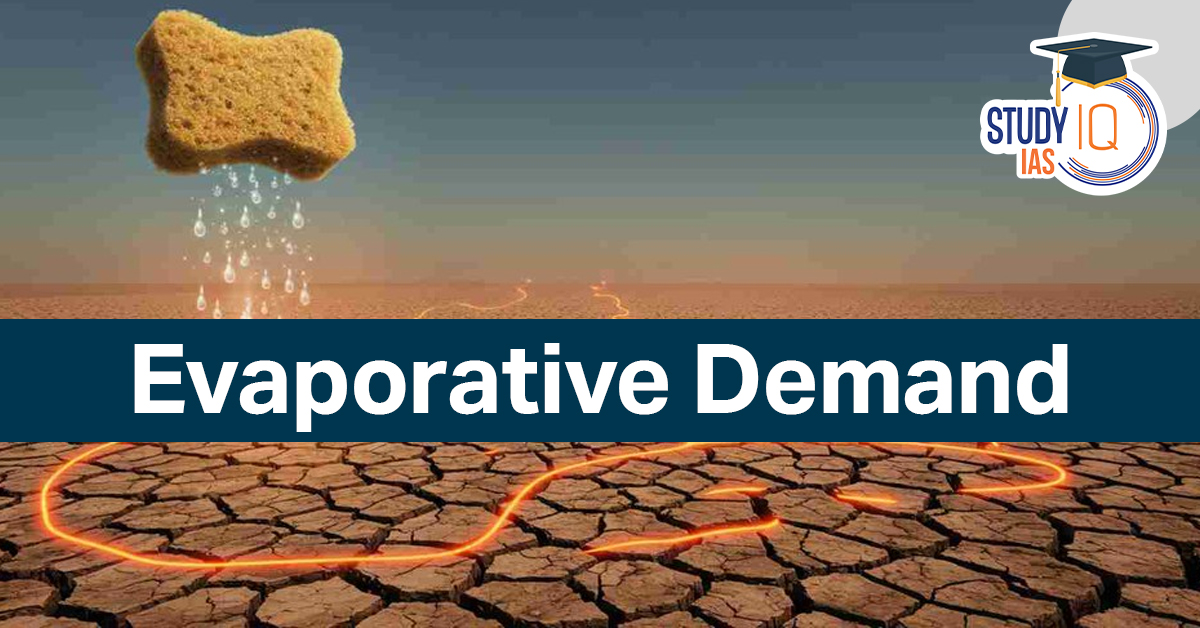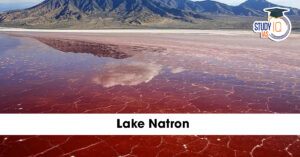Context: The increasing evaporative demand in India is highlighting critical shortcomings in the nation’s climate data infrastructure and scientific research capabilities.
Evaporative Demand
- Evaporative demand measures how much water the atmosphere wants to evaporate from the land if enough water is available.
- It reflects the potential evaporation, not the actual evaporation, which may be low if water is scarce.

| Note |
| Schematic showing how under high soil moisture and water availability, Actual Evapotranspiration (AET) can have the same magnitude as evaporative demand. With time, if the soils dry out, evaporative demand will often increase (as air temperature rises and humidity decreases in response to the now-dry land surface), but AET decreases, limited by the lower amount of water available at the surface to evaporate and transpire. |
- Main Drivers: Evaporative demand is influenced by:
- Temperature (higher temps increase demand)
- Wind speed
- Humidity (lower humidity = higher demand)
- Cloud cover (clear skies increase demand)
- Link to Drought and Fire:
- High evaporative demand can intensify droughts.
- It contributes to drying out soils and vegetation, increasing the risk of wildfires.
- Early Warning Indicator: Extended periods of above-normal evaporative demand can help detect:
- Drought onset
- Drought intensification
- Elevated fire danger
- Environmental Impact:
- Leads to reduced soil moisture
- Stresses crops and plants
- Makes vegetation more flammable
- Critical Condition for Wildfires: When low rainfall (below-normal precipitation) overlaps with high evaporative demand, it creates critically dry fuel conditions, enabling rapid wildfire spread.


 Places in News for UPSC 2026 for Prelims...
Places in News for UPSC 2026 for Prelims...
 Lake Natron: Location, Features, Wildlif...
Lake Natron: Location, Features, Wildlif...
 Erra Matti Dibbalu Added to UNESCO Tenta...
Erra Matti Dibbalu Added to UNESCO Tenta...

























